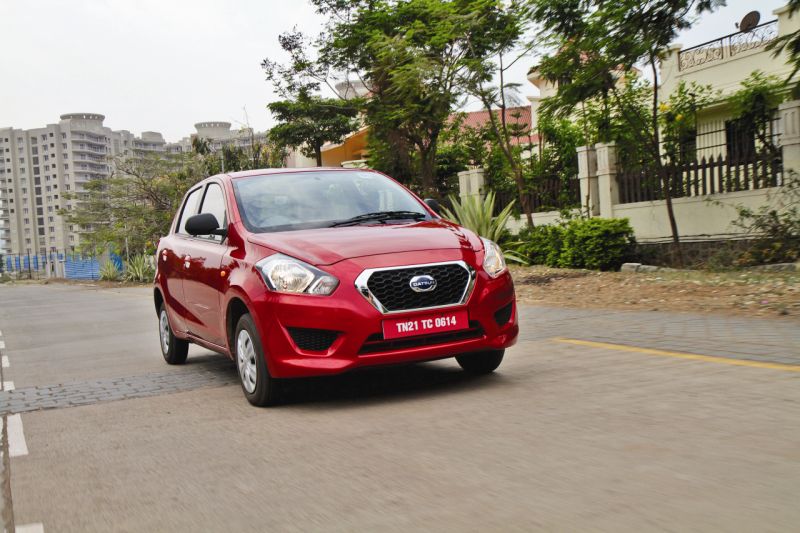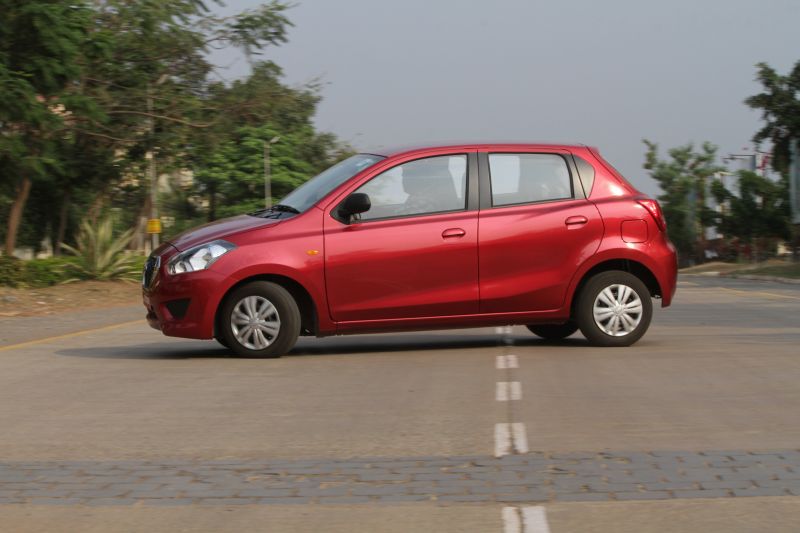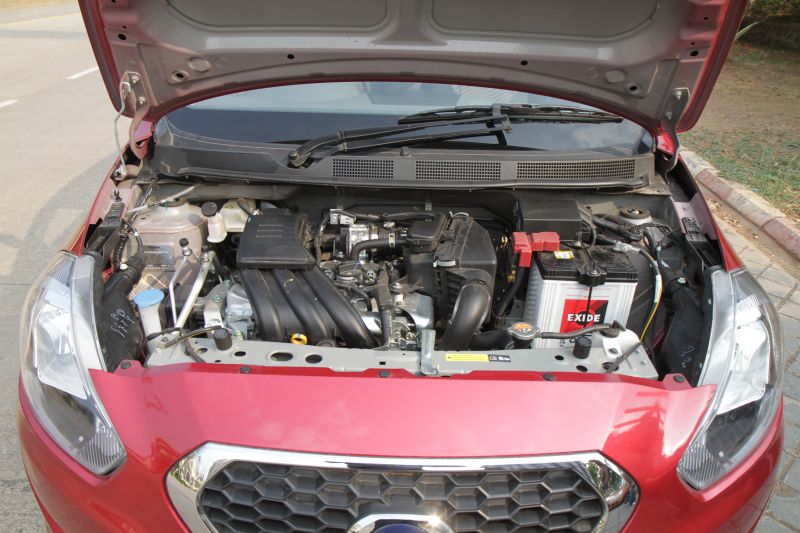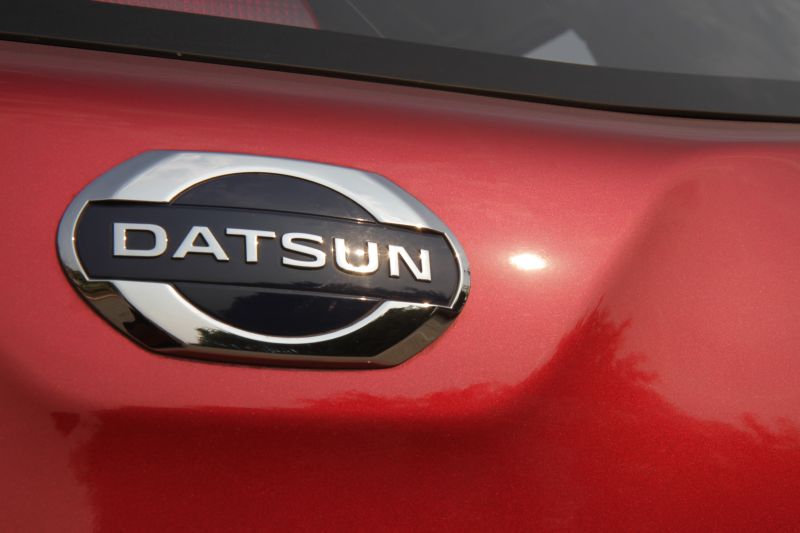That’s all you would probably look at before you get on the move, because once you do, that’s where the Go really shines. For its price, the dynamic ability it possesses make it seem like money well spent. There are several cars which are priced higher than the Go but lack the ability to cope with sudden changes of direction and also lack appreciable high-speed dynamics. The Go doesn’t have you worry about any of it. It feels planted and stable, and you know that when you enter a corner, you will find yourself leaving it in the same direction you intended to be going. It can handle the turns and the bends well and not once did it step out of line. Even under braking, it feels quite sure-footed. Of course, the addition of ABS would be a big plus, given that if the wheels do lock up in a panic-braking situation, any involuntary spasm on the steering wheel would translate into something unimaginably unfortunate.
That said, as a city car, the Datsun Go is quite good. The steering isn’t too heavy and the clutch is light. The top-end T model gets speed-sensitive steering, further adding to the drive experience. Shifts are precise and the lever slotting into place is a rather nice feeling. First gear is rather short and gets the motor on the boil rather quickly, shift into second and everything cools down. That’s good for economy, but not so good for the drive; second could have been better. Shift up and the experience leaves nothing to complain about. The 1.2-litre three-pot petrol motor from the Micra feels peppy at most times, even breaching audible comfort levels often, even for a petrol head. NVH levels are definitely not one of its strong points, with road and tyre noise getting worse as speed goes up. However, stay light on your foot, and everything seems to be well-contained. There is, after all, 68 PS coming in at 5,000 revs, rather low and good for economy. Of greater interest is the hefty (for the segment) 104 Nm of torque, which means chunks of driveability across the rev range, once you get a good idea of the seemingly complicated relationship the gearbox and accelerator have, especially when life is stuck in second gear.
A few minutes in, we were literally going in circles. The Go has a compact turning radius and that makes its easy to park, as well as manoeuvre in heavy traffic. It can be light on its foot when you want it to be and that makes it very versatile. So, as a car to drive, the Go definitely has everything going for it. It isn’t a slouch either; 60 comes up in just 5.6 seconds with 100 taking just over 14 seconds. A top whack of 156 km/h isn’t too bad, considering we have an 80 km/h speed limit on our express highways. And it’s not bad with the anchors either. Shedding 80 km/h to come to a standstill takes just 2.7 seconds and about 32 metres. However, it was quite a tense atmosphere, the like of which would be eliminated if the car were to have anti-lock brakes. We wondered aloud if the D, A and T variants would eventually have an N for company, with all the essentials to offer peace of mind as standard.
The good news actually continues because one of the most talked-about numbers in the country is also commendable. The Datsun Go returns 13 km/l in the city with a significantly higher 18 km/l on the highway. That’s 14.25 kilometres to the litre overall and a range of 500 km can be considered without a second thought.
So, will it go the distance? It has the brawn, it even has the brains. It’s a fun little car which does almost everything right at a rudimentary level. As a driving package, you couldn’t ask for more at its price. Speaking of which, the Go begins at Rs 3.12 lakh for the D, with the T costing Rs 3.67 lakh, both ex-showroom, Delhi. I don’t think many would mind paying a bit extra for better safety and a more up-to-scratch set-up for rear occupants. Go forth then, it’s good enough to make you wake up early and drive only to catch the sun rise.
























Leave a Reply